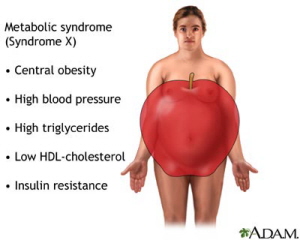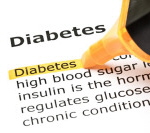

Risk Factors for Pre-diabetes and Type 2 Diabetes
The American Diabetes Association recommends that testing to detect pre-diabetes and type 2 diabetes be considered in adults without symptoms who are overweight or obese and have one or more additional risk factors for diabetes. In those without these risk factors, testing should begin at age 45.
Risk factors for pre-diabetes and diabetes—in addition to being overweight or obese or being age 45 or older—include the following:
- Being physically inactive;
- Having a parent or sibling with diabetes;
- Having a family background that is African American, Alaska Native, American Indian, Asian American, Hispanic/Latino, or Pacific Islander;
- Giving birth to a baby weighing more than 9 pounds or being diagnosed with gestational diabetes—diabetes first found during pregnancy;
- Having high blood pressure—140/90 or above—or being treated for high blood pressure;
- Having an HDL, or “good,†cholesterol level below 35 mg/dL or a triglyceride level above 250 mg/dL;
- Having polycystic ovary syndrome (PCOS);
- Having impaired fasting glucose (IFG) or impaired glucose tolerance (IGT) on previous testing;
- Having other conditions associated with insulin resistance, such as severe obesity or acanthosis nigricans; or
- Having a history of cardiovascular disease.
If test results are normal, testing should be repeated at least every 3 years. Health care providers may recommend more frequent testing depending on initial results and risk status.
Do you have Acanthosis Nigricans?

Acanthosis nigricans (AN) is typically characterized by hyperpigmentation (darkening of skin pigment) and usually accompanied by a velvety change in texture of the skin that is affected. It is often seen when a person has insulin resistance, pre-diabetes, or type 2 diabetes. Read more about acanthosis nigricans.
Article Source: NIH Publication No. 09–4893. October 2008


